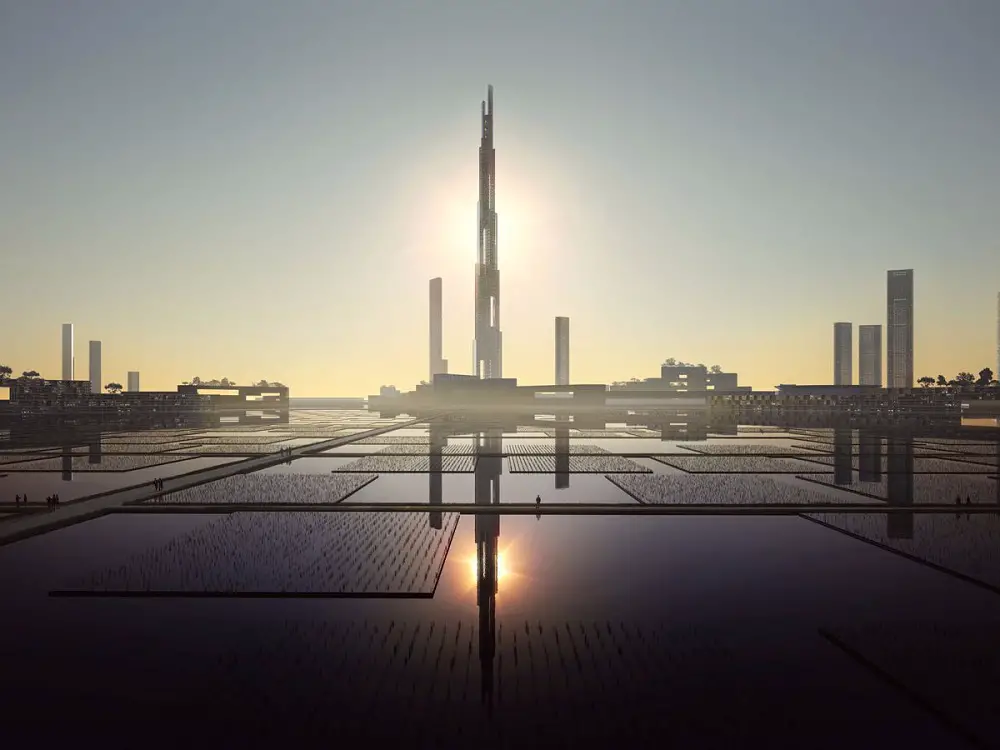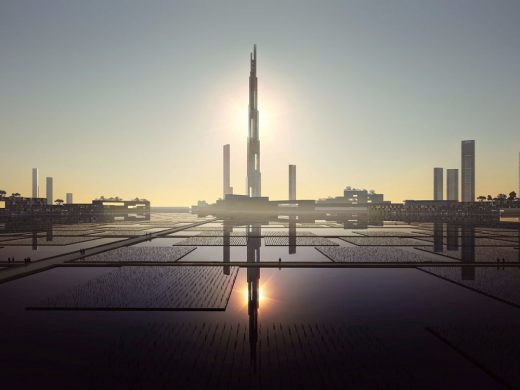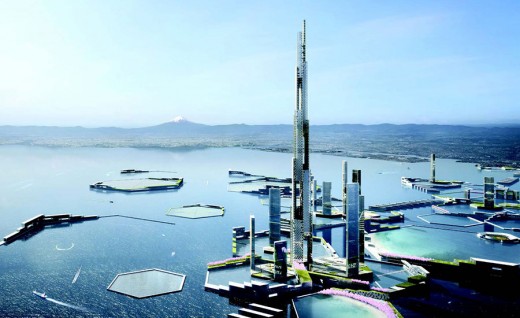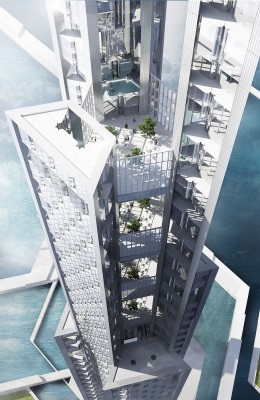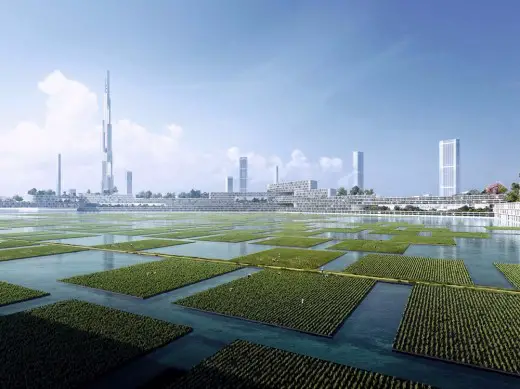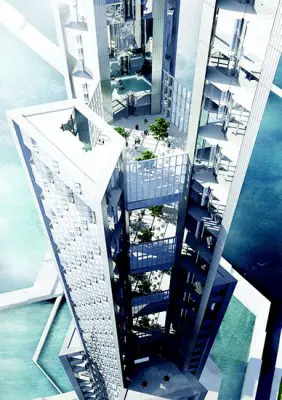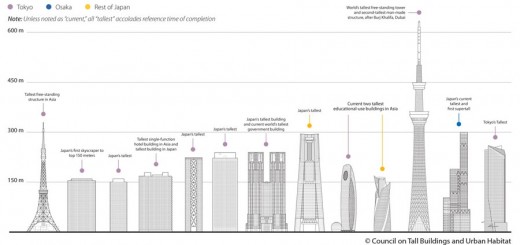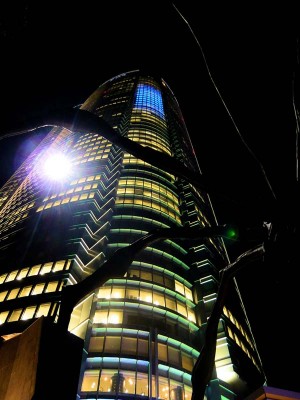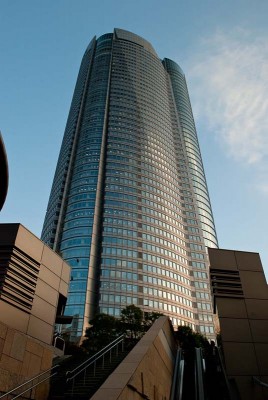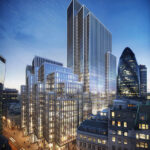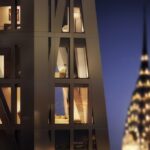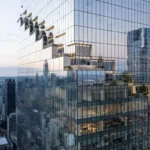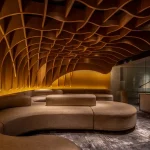Mile High Skyscraper by KPF, Next Tokyo Japan Tall Building, Japanese Tower Design, High Rise Property
Next Tokyo Mile High Skyscraper by KPF
Tallest Building in Japan: Japanese high-rise architecture + architects: news
24 Feb 2016
Next Tokyo 2045 – Mile High Skyscraper by KPF
Next Tokyo Mile High Skyscraper by KPF
Tower Design: Kohn Pedersen Fox Associates (KPF)
Development Design: Kohn Pedersen Fox Associates (KPF) and Leslie E. Robertson Associates
Location: Tokyo Bay, Japan
According to data released by the Council for Tall Buildings and Urban Habitat (CTBUH), 2015 was the highest year on record for tall buildings, with 106 new skyscrapers reaching completion. In just two years’ time, Adrian Smith + Gordon Gill Architecture’s Jeddah Tower Building will soar more than a kilometer over Saudi Arabia.
Back in 2015 The Council on Tall Buildings and Urban Habitat released original tall building data research on Skyscraper Buildings in Japan
This proposal by Kohn Pedersen Fox Associates for Next Tokyo, a conceptual Japanese megacity for a half million residents, is a mile-high tower at its center, “Part of the vision we proposed is what the world might look like in 2045. It’s meant to be a plausible vision,” says KPF principal David Malott, who led the project.
The tower is designed rise as high as 420 stories. However funding has yet to be announced.
At almost double the size of the world’s current tallest building, Dubai’s Burj Khalifa skyscraper, this Japanese tower would be the world’s new tallest if built.
A television show kicked off KPF’s investigation. The international architecture practice – responsible for some of the world’s tallest buildings, including the 600-meter Ping An Financial Centre in Shenzhen, China (completing 2016), was approached by Japanese broadcasting organization NHK to design a tower for its series Next World.
The design narrative is grounded in the environmental and societal pressures facing Japan, including rapid urbanization and natural extremes. For Japan, the latter is particularly resonant given the earthquake and tsunami that killed more than 16,000 people just five years ago. The Japanese government has proposed a multibillion-dollar concrete seawall to shield 250 miles of coastline. As an alternative, KPF, in collaboration with structural engineers Leslie E. Robertson Associates, decided to devise a proposal that melds architecture with infrastructure.
The future city would occupy a five-square-mile landfill district spanning a narrow point in Tokyo Bay (referencing an unbuilt plan architect Kenzo Tange formulated 50 years ago) to create both a protective barrier and integrate the metropolitan area.
In renderings, the lower skyscrapers that would comprise Next Tokyo look like a cluster of reeds rising from the bay.
Sky Mile Tower wind tunnel tests showed that a tapered, slotted design had the best aerodynamic performance.
The design for Sky Mile Tower consists of sequences of three legs, rotated in plan as they move up the tower, allowing for large vertical slots through the building. This mitigates the effects of high winds. Megabracing and concrete shear walls provide the basic lateral system.
The skyscraper design is high-tech, pushing architectural and engineering boundaries. Self-propelled elevators by ThyssenKrupp would run in a loop. The building’s skin would capture water from clouds.
Hexagonal atoll-like arrangements at the tower’s base are terraced, mid-rise residential buildings, with reservoirs of desalinated bay water at the center. The configuration would buffer the higher-density zones from sea waves. The plan also calls for other infrastructure, including Hyperloop, a pneumatic transport system.
KPF’s television episode aired in Japan last year, and the firm went on to publish its findings in the CTBUH Journal soon after. The design was greeted with relative silence until last month, when the proposal ricocheted through the western mainstream media with sensationalistic declarations including “Developers plan to build a futuristic megacity” and “Move over, Burj Khalifa.”
The architects caution there are no current plans to execute the project, but with technology progressing as it has, the sky’s the limit for towers. Says Malott, “It’s certainly far-reaching and forward-thinking, but grounded in what could be practically achieved”, reports the Architectural Record.
The proposal was featured in NHK Japan’s documentary series “Next World”, which aired February 8th, 2015.
Tokyo Architecture Designs – chronological list
In 1956 after an 87-year-old Frank Lloyd Wright declared that he could build a milehigh skyscraper for the he Chicago Tribune near the city’s Adler Planetarium.
Location: Tokyo Bay, Japan, Asia
Tokyo Architecture
Tokyo Architecture Selection
Tokyo Architecture Designs – chronological list
Tallest Buildings in Japan
CTBUH Research: Japan’s Tall Buildings in Numbers
May 4, 2015 – The Council on Tall Buildings and Urban Habitat released the latest in its series of original tall building data research entitled Tall Buildings in Numbers – Japan: A History of Tall Innovations. This richly visual study examines, in interactive graphic format, the history of tall building innovation that has characterized the island nation since the early 1960s, highlighting a number of the most significant tall achievements in modern Japanese history.
Tallest Buildings in Japan:
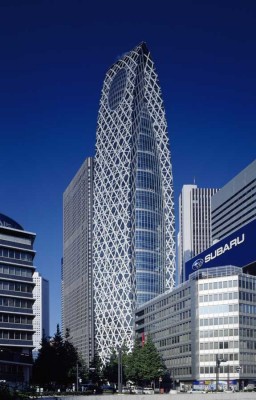
photograph : Koji Horiuchi
Tallest Buildings in Japan – timeline:
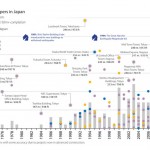
Tallest Buildings in Japan – map:
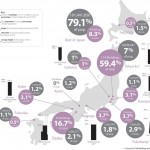
Tokyo Mile High Skyscraper architects: KPF – practice news
Vertical Habitat – Vision 2020 and Beyond: CTBUH Event in Japan
Roppongi Hills Mori Tower, Tokyo:
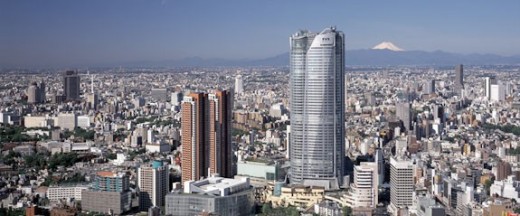
photograph from CTBUH
Tower Buildings in Japan
Mode Gakuen Cocoon Tower
Design: Tange Associates Architects
Yokohama Landmark Tower – tallest building in Japan
Architecture in Japan
Japanese Architect Offices
Armani/Ginza Tower
Design: Doriana and Massimiliano Fuksas
Armani/Ginza Tower Japan
Shin-Marunouchi Building, Marunouchi district
Design: Hopkins Architects
Shin-Marunouchi Tower Building
Comments / photos for the Next Tokyo Mile High Skyscraper by KPF – Tallest Building Proposal in Japan page welcome

